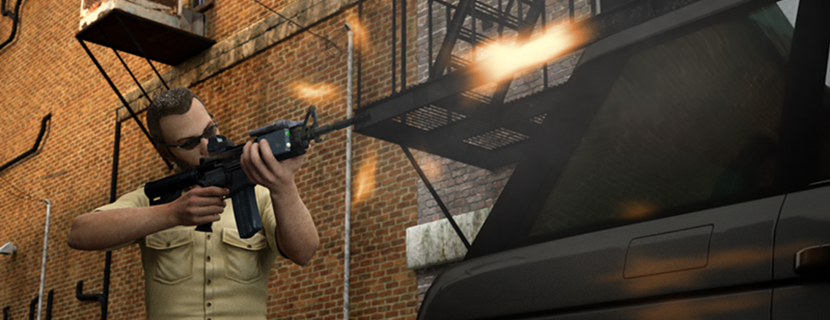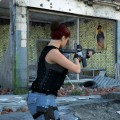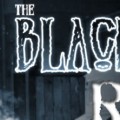When I’m not writing about superheroes, or pulp vigilantes, or other bits of pulp-and-thriller-inspired make-believe, I create computer animation. I’ve been creating computer generated clips since the mid-1990s – and even longer if you count the stuff I was doing in the mid-80s in computer classes. Now, with the advent of GPU-based unbiased renderers like Octane, real-time renderers like Unreal, and motion capture hardware and software, people have the horsepower to create computer animated films on their desktop that can rival the best of the Hollywood.
[youtube https://www.youtube.com/watch?v=ceN-jrPGiC4]
Given the type of fiction that I’m drawn to, it’s no surprise that my particular holy grail of animation has been action and adventure-pulp, and I have plans for an web-series that I’ll be teasing on this site as time goes on. However, one does not simply create an animated film at a high-level of quality overnight. It takes time to render out each frame, and to compile all of the frames into a single clip, with one second of film time taking an hour of computer time or more.
In the case of the clip above, the render time was 19 hours for the raw Octane render, and then another few hours for the special effects to be applied. Actually, because I wasn’t happy with the first few attempts, I re-rendered the clip three times into the version you see here. The muzzle flash effects were actually the easiest part of the animation, and now that I have the workflow solved, future clips of this type should be able to be done even faster.
Still, there’s a lot of research and problem-solving that needs to be done before we can get into actual production at the quality level I want. At the end of the day, though, it will be well worth it.
Are we going to see more of the clip? It is an interesting side project to do in animation, and we will just have to wait and see.



